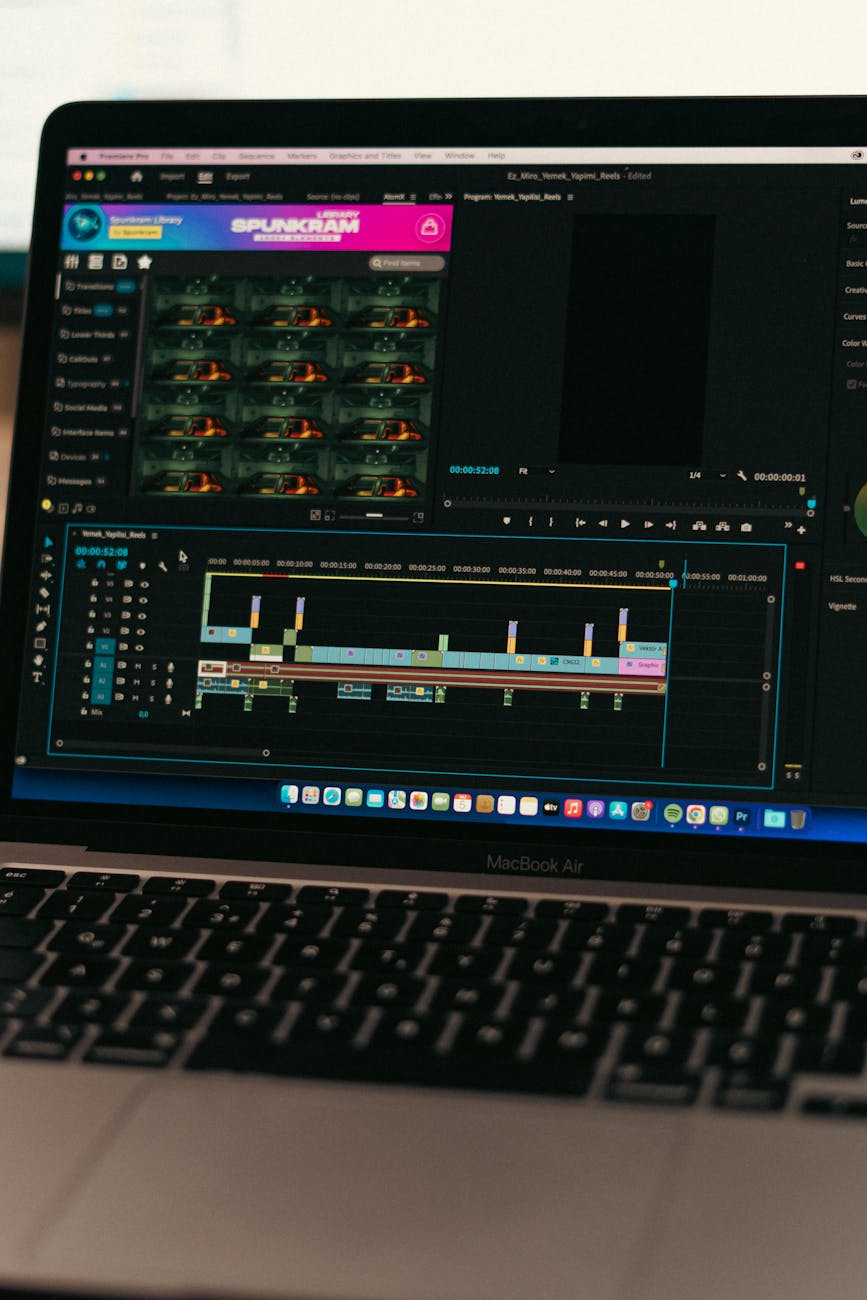Your First Steps: Mastering VS Code as a Beginner
Visual Studio Code, or VS Code as it’s commonly known, has rapidly become the go-to code editor for developers of all skill levels. Its versatility, extensive customization options, and powerful features make it a compelling choice for everything from simple HTML edits to complex software development projects. But for a beginner, the sheer number of options can feel overwhelming. This article aims to demystify VS Code, guiding you through the essential setup, core functionalities, and helpful extensions that will transform you from a novice to a confident VS Code user. We’ll cover installation, basic navigation, essential settings, and some must-have extensions to boost your productivity. Let’s dive in and unlock the potential of this powerful tool!
Installation and Initial Setup
Getting started with VS Code is remarkably straightforward. Head over to the official website (https://code.visualstudio.com/) and download the appropriate version for your operating system (Windows, macOS, or Linux). The installation process is standard for each platform – simply follow the on-screen instructions. Once installed, launch VS Code. You’ll be greeted with a welcome screen offering options to explore documentation, create a new file, or open an existing project. It’s worth noting that VS Code is built on Electron, meaning it’s cross-platform and shares a similar architecture to applications like Slack and Discord. During the initial setup, you might be prompted to select a theme – choose one that’s visually appealing to you, as you’ll be spending a lot of time looking at it!
Navigating the VS Code Interface
Understanding the VS Code interface is crucial for efficient coding. Let’s break down the key areas:
- Activity Bar: Located on the left side, this bar provides quick access to essential features like Explorer (file management), Search, Source Control (Git integration), and Debugging.
- Explorer: Displays the files and folders within your project. You can create new files, delete existing ones, and navigate your project structure.
- Editor: The main area where you write and edit your code. You can open multiple files simultaneously, each appearing in its own tab.
- Status Bar: At the bottom of the window, this bar shows information like the current line number, indentation settings, and Git branch.
- Terminal: Accessible from the View menu or by using the shortcut Ctrl+` (backtick), the integrated terminal allows you to run commands directly within VS Code, without needing to open a separate terminal window.
Mastering keyboard shortcuts will significantly speed up your workflow. For example, Ctrl+P (or Cmd+P on macOS) allows you to quickly search for and open files, while Ctrl+Shift+P (or Cmd+Shift+P) opens the command palette, giving you access to virtually every VS Code function.
Essential Settings and Customization
VS Code’s true power lies in its extensive customization options. You can tailor the editor to your specific preferences and workflow. Access the settings by going to File > Preferences > Settings (or Code > Preferences > Settings on macOS). Settings are divided into User settings (affecting all VS Code instances) and Workspace settings (specific to the current project). Some key settings to consider:
- Font Size: Adjust the font size for improved readability.
- Theme: Choose a theme that suits your visual preferences.
- Indent Using Spaces: Configure whether indentation is done with tabs or spaces (spaces are generally preferred).
- Auto Save: Enable auto-save to prevent data loss.
- File Associations: Associate specific file extensions with particular languages for proper syntax highlighting.
You can also use JSON to directly edit the settings file for more advanced customization. This allows you to fine-tune VS Code to an incredibly granular level.
Boosting Productivity with Extensions
VS Code’s extension marketplace is a treasure trove of tools that can significantly enhance your coding experience. Extensions provide features like language support, debugging tools, linters, and more. Here are a few essential extensions for beginners:
| Extension Name | Description | Use Case |
|---|---|---|
| Prettier – Code formatter | Automatically formats your code to maintain consistency. | Ensuring code style and readability. |
| ESLint | A linter for JavaScript and JSX. | Identifying and fixing potential errors in JavaScript code. |
| Python | Provides language support for Python, including IntelliSense, linting, and debugging. | Developing Python applications. |
| Live Server | Starts a local development server with live reload feature. | Quickly previewing web pages during development. |
| Bracket Pair Colorizer | Colorizes matching brackets, making code easier to read. | Improving code readability and debugging. |
To install an extension, click on the Extensions icon in the Activity Bar (or press Ctrl+Shift+X / Cmd+Shift+X) and search for the desired extension. Click “Install” and VS Code will handle the rest.
Conclusion
Congratulations! You’ve taken your first steps towards mastering Visual Studio Code. We’ve covered the fundamentals, from initial installation and navigating the interface to customizing settings and leveraging the power of extensions. Remember that VS Code is a highly adaptable tool, and the best way to learn is through experimentation. Don’t be afraid to explore the settings, try out different extensions, and tailor the editor to your specific needs. The integrated terminal is a powerful asset for running commands and managing your projects, while keyboard shortcuts will dramatically increase your coding speed. By embracing these tools and continuously learning, you’ll unlock the full potential of VS Code and become a more efficient and productive developer. The journey of mastering VS Code is ongoing, but with this foundation, you’re well on your way to becoming a proficient user!
